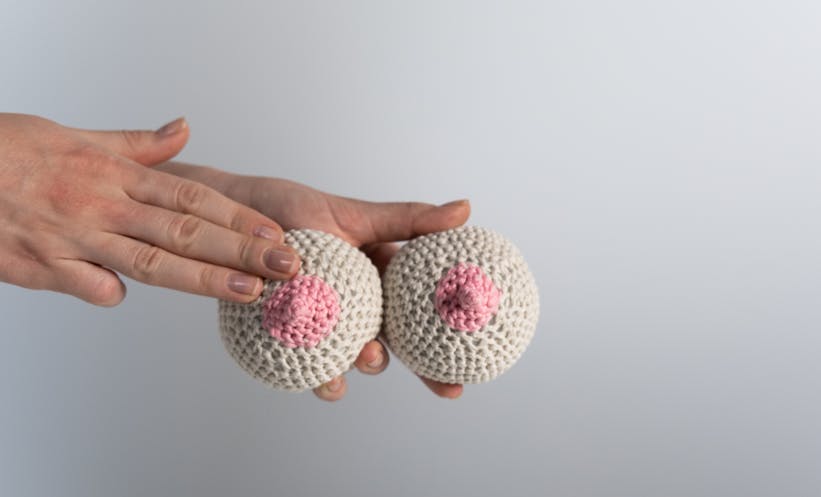APPROXIMATELY 13% of the female population in the US will develop breast cancer in their lifetime. Recently, researchers have developed a new, interpretable artificial intelligence (AI) model that may be able to predict 5-year breast cancer risk from mammograms. Mammography has been proven to be the most effective method of finding breast cancer early, when treatment is most effective. Predicting when females will develop breast cancer through screening alone is still uncertain, however.
In order to help predict breast cancer, Jon Donnelly, Duke University, Durham, North Carolina, USA, and colleagues, compared their newly developed mammography-based deep learning model, AsymMirai, to an older deep learning algorithm, Mirai. Mirai has previously demonstrated proficiency as a tool to predict breast cancer; however, little is known about its reasoning process, meaning it has the potential for overreliance by radiologists, and, consequently, misdiagnoses. AsymMirai was built with a more interpretable algorithm, looking at local bilateral dissimilarity, assessing the tissue difference between the left and right breasts.
In their research, the team compared 210,067 mammograms from 81,824 patients in the EMory BrEast imaging Dataset (EMBED), from January 2013–December 2020, using both Mirai and AsymMirai models. Donnelly and team found that their simplified model performed almost as well as the Mirai model for 1- to 5-year breast cancer risk prediction. In doing so, their results also highlighted the clinical importance of breast asymmetry in predicting breast cancer risk, which previously had been used “only to help detect cancer, not to predict it in advance,” according to Donnelly.
Researchers concluded that due to AsymMirai’s easy-to-understand predictions, this could be a valuable addition to clinical practice. “We can, with surprisingly high accuracy, predict whether a woman will develop cancer in the next 1–5 years, based solely on localised differences between her left and right breast tissue,” Donnelly added. “This could have public impact, because it could, in the not-too-distant future, affect how often women receive mammograms.”








